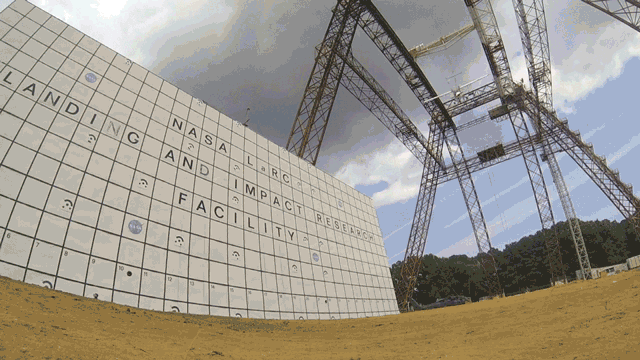NASA doesn’t just crash rockets — sometimes, it crashes cheaper aircraft too. This week, it’s the turn of a Cessna 172, being gratuitously destroyed to help improve aeroplane’s black boxes.
The Emergency Location Transmitters (ELTs) in aircraft are supposed to send a distress signal in the event of a crash, but thanks to the forces at work when ground meets plane, things don’t always go to plan (see: MH370).
In an attempt to make better ELTs, NASA has been crash-testing the popular Cessna 172, to get more data on how ELTs perform in a real-world scenario. Earlier this month, the agency dropped a 172 onto tarmac; this time around, it crashed one into a patch of dirt, producing a more severe crash since the plane doesn’t slide along the ground, just dig in.
NASA’s focus isn’t on making ELTs indestructible. Rather, it’s on making sure that the ELTs work in crashes that are severe, but survivable — the kind of crash where you really want the rescue mission to find you ASAP. A 100-foot fall onto dirt looks quite traumatic, but there’s a fair chance that some of the occupants might have survived.
More importantly, the crash was covered by all manner of cameras from all sorts of angles. If you’ve ever wondered what a light aircraft accident looks like, now’s your chance.
